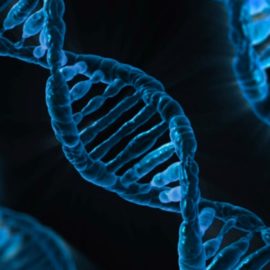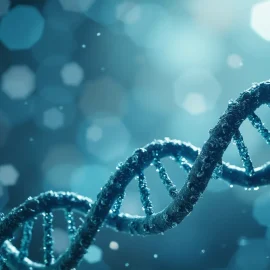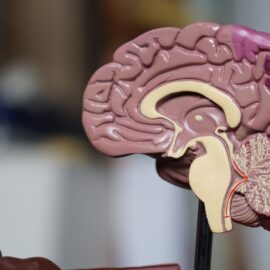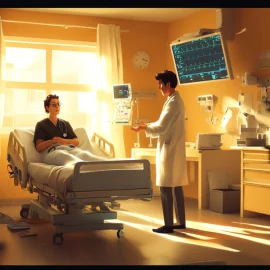

This article is an excerpt from the Shortform book guide to "The Emperor of All Maladies" by Siddhartha Mukherjee. Shortform has the world's best summaries and analyses of books you should be reading.
Like this article? Sign up for a free trial here .
What are the chances of cancer coming back? Why can cancer recur after remission?
Cancer is such an insidious disease because, in addition to being hard to cure, it often comes back, sometimes in a different part of the body. Cancer relapse happens because the treatment failed to kill all the cancer cells. Even if a single cancerous cell is left behind, it can continue to grow and spread through the body.
Keep reading to learn about cancer relapse and why it occurs.
Cancer Relapse
Throughout the history of cancer research, there were several promising attempts at curing cancer, but remission didn’t last very long. Cancer proved to be a very persistent disease, sometimes returning a few months after remission.
In the 1940s, Yale scientists Alfred Gilman and Louis Goodman conducted a series of experiments using tiny doses of sulfur mustard—commonly called mustard gas—and nitrogen mustard (a derivative of sulfur mustard) to treat lymphoma. They based these studies on the observation that mustard gas destroyed bone marrow, and thereby greatly reduced white blood cell counts. Gilman and Goodman theorized that controlled doses could be used to destroy cancerous bone marrow, and thus cure lymphoma patients. Initial results were promising, but in every case the cancer returned after a few months, and the treatment was much less effective a second time.
Then, Sidney Farber, a pathologist studying childhood leukemia, recognized similar symptoms between that disease and a certain type of anemia (a blood cell deficiency) that comes from a lack of folic acid in the diet. In 1947, after some trial-and-error, Farber concluded that since bone marrow requires folic acid to function properly, he could starve out the leukemia cells with a drug that stops the body from processing folic acid (an antifolate). As with Gilman and Goodman’s mustard injections, patients went into remission and their symptoms all but vanished—however, also like the mustard treatments, the recovery only lasted for a short time.
Cancer Is an Evolving Disease
The reason so many cancer treatments send patients into remission, only for the cancer to come back a short while later, is that cancer is an evolving disease.
As biologist Richard Dawkins explains in The Selfish Gene: Replication is not a perfect process. Each time a cell divides, it has to make a copy of its DNA to go into the newly formed cell. However, there’s a small chance that copied DNA could have a mistake in it—a mutation. Furthermore, there’s a small chance that such a mutation could make the new cell resistant to a treatment that kills the other cancer cells.
Since cancer cells replicate so quickly and so often, it becomes fairly likely that at least a few will resist a particular drug. Therefore, when that drug is introduced into the patient’s body, the vulnerable cells die while the few resistant ones survive and reproduce. That leads to the patient’s initial recovery, but cancer relapse follows. It also explains why the same treatment is unlikely to work a second time.
In short, much like how a species adapts to its environment through evolution, a patient’s cancer can evolve to adapt to the treatments used against it.

———End of Preview———
Like what you just read? Read the rest of the world's best book summary and analysis of Siddhartha Mukherjee's "The Emperor of All Maladies" at Shortform .
Here's what you'll find in our full The Emperor of All Maladies summary :
- An overview and rough timeline of the fight against cancer
- A look into the more technical aspects of cancer and cancer treatment
- The social aspects of the fight against cancer






